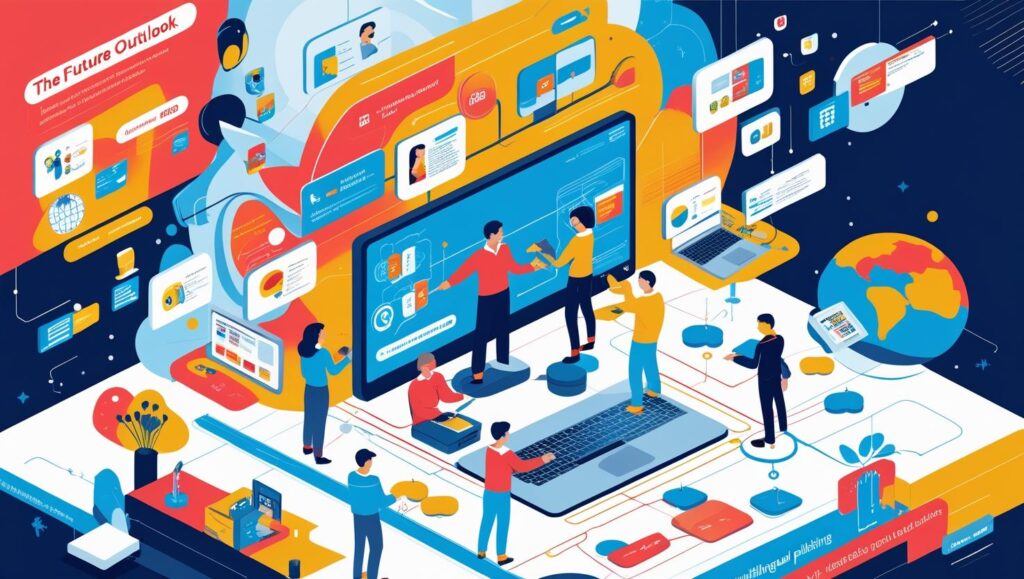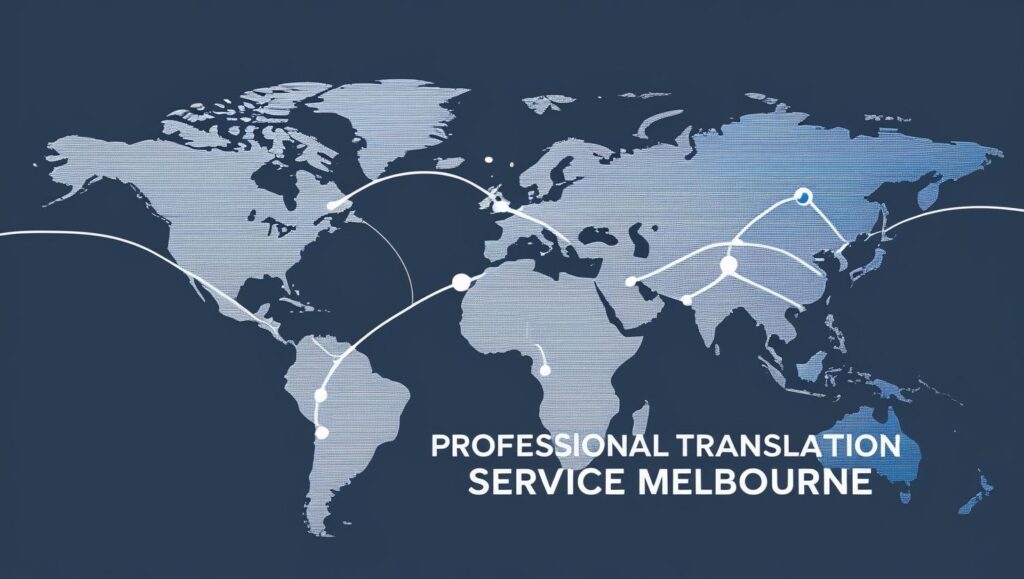We live in a world that is more connected than ever before. Modern businesses understand how important it is to communicate with people from different cultures and backgrounds. If you live in Melbourne or are a business owner anywhere in Australia, you may have noticed how diverse the urban landscape is becoming. However, there’s a difference between speaking a different language and making your brand’s message look as sharp in that language as it does in English. This is where multilingual desktop publishing (DTP) plays an instrumental role.
The future of this service is exciting and important at the same time. So, what is it all about? Let’s delve deeper into the same in this blog.
What is Multilingual Desktop Publishing?
Multilingual desktop publishing involves replacing a document’s original content with a translation. However, the layout, fonts, graphics, and overall feel of the original document need to be preserved. It’s not just about turning “Hello” into “Bonjour.” It’s about making sure your French-speaking audience views the brand as just as polished and professional as your English-speaking customers do.
DTP specialists are skilled in working with foreign fonts, right-to-left languages, and the unique quirks that come with everything from Chinese characters to Cyrillic script. They use state-of-the-art software on both PC and MAC to make sure every version of your document looks perfect, no matter the language.
The Growing Demand for DTP
The global multilingual desktop publishing market is experiencing massive growth. According to a report, the market is estimated at $5 billion in 2025 and projected to reach approximately $9 billion by 2033, growing at a compound annual growth rate (CAGR) of 8%.
This surge is driven by several factors, including:
1. Globalisation of Businesses: Companies are expanding into new markets, which is making localised content more necessary.
2. Digital Transformation: The proliferation of digital content across various platforms requires consistent and culturally appropriate materials.
3. E-Commerce Expansion: Online businesses need to cater to diverse linguistic audiences to improve customer experience and engagement.
4. Cloud-Based Solutions: The adoption of cloud-based DTP solutions has streamlined workflows, making multilingual publishing more efficient and accessible.
The Future Outlook

DTP services have a bright future. Here’s what it looks like:
1. Increased Demand for Multilingual Content
With businesses expanding globally, the need for multilingual content will only increase. Companies will increasingly have to cater to audiences in multiple languages, not just for market expansion but also for improving customer engagement. With the globalisation of businesses, the demand for marketing materials, websites, and documents in multiple languages will soar.
In particular, industries such as e-commerce, technology, and travel are expected to lead the charge in multilingual content creation. The rise of global online platforms is accelerating the need for businesses to present their services and products in the local language to enhance customer experience and trust.
2. Technological Advancements
Technological advancements are playing a huge role in shaping the future of multilingual DTP.
- Artificial Intelligence (AI): AI-driven tools are automating text formatting and layout adjustments, reducing manual intervention and ensuring consistency across languages.
- Machine Translation: Neural machine translation is improving the accuracy and speed of translations, though human oversight remains important for cultural nuances.
- Cloud Collaboration: Cloud-based platforms help with live collaboration among teams across different geographies, which ensures timely delivery and consistency.
- Automation Tools: Automated workflows are streamlining the DTP process, reducing turnaround times and costs.
3. Integration with Other Services
In the future, multilingual DTP will no longer operate in isolation. It will be integrated with other services like translation, localisation, and content management. This will help smooth workflows and improve the efficiency of the overall process of content creation.
Working with translation and localisation services will result in better synchronisation between translation and design teams. As a result, the production process will be faster and smoother. Furthermore, DTP software may include built-in tools for localisation, such as automatic adjustment of text direction (e.g., right-to-left scripts like Arabic), date formatting, or the inclusion of culturally relevant images and symbols.
4. Focus on User Experience
With competition in global markets becoming stronger, companies will place a stronger emphasis on creating an optimal user experience (UX) for their multilingual audiences. This involves making sure that not only is the content accurate, but the overall design is culturally relevant and user-friendly.
Businesses will need to ensure that their multilingual documents, including websites and marketing materials, are mobile-friendly across different languages. Apart from that, they will also need to take into account local customs, taboos, and cultural preferences when creating multilingual materials. This includes adapting visuals, colours, and even the tone of the content to ensure it aligns with the target market’s values.
The Role of Professional Translation Services in Melbourne

Melbourne is one of the most diverse cities in Australia, which makes it a business hub. For companies that operate globally, simply submitting a translated paragraph into your Word document isn’t enough. That’s why professional translation services in Melbourne are important.
Companies like Beyond Translation offer more than just language switching. Their team of expert translators and desktop publishers works with over 166 languages, uses advanced publishing software, and understands the nuances of multilingual typography.
They also guarantee:
1. Confidentiality: Your business information stays safe.
2. No Hidden Cost: Transparent pricing.
3. On-Time Delivery: Deadlines are respected, and your work is never delayed.
4. Quality Assurance: Accredited experts and NAATI certification for top-tier accuracy.
5. 24/7 Support: Businesses get help whenever they need it, even after the project wraps up.
Final Thoughts
Effective communication is a must for businesses aiming to expand all over the world. Multilingual desktop publishing plays a key role in bridging language barriers and making sure that messages are not only understood but also resonate with diverse audiences.
In Melbourne, translation services like Beyond Translation are setting the standard for quality, efficiency, and creativity. They combine professional translation with clever design, making sure every audience gets your message clearly and beautifully.
So, what are you waiting for? Contact us now and connect with your global audience perfectly!